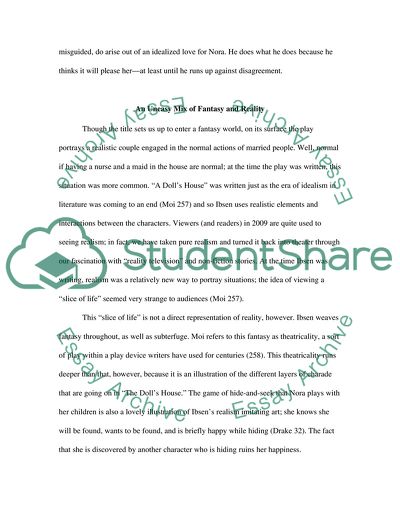Cite this document
(“A Dolls House by Henrik Ibsen Essay Example | Topics and Well Written Essays - 2000 words”, n.d.)
Retrieved from https://studentshare.org/literature/1557396-a-doll-house-per-translation-by-rolf-fjelde-drama-play-essay-analysis
Retrieved from https://studentshare.org/literature/1557396-a-doll-house-per-translation-by-rolf-fjelde-drama-play-essay-analysis
(A Dolls House by Henrik Ibsen Essay Example | Topics and Well Written Essays - 2000 Words)
https://studentshare.org/literature/1557396-a-doll-house-per-translation-by-rolf-fjelde-drama-play-essay-analysis.
https://studentshare.org/literature/1557396-a-doll-house-per-translation-by-rolf-fjelde-drama-play-essay-analysis.
“A Dolls House by Henrik Ibsen Essay Example | Topics and Well Written Essays - 2000 Words”, n.d. https://studentshare.org/literature/1557396-a-doll-house-per-translation-by-rolf-fjelde-drama-play-essay-analysis.


